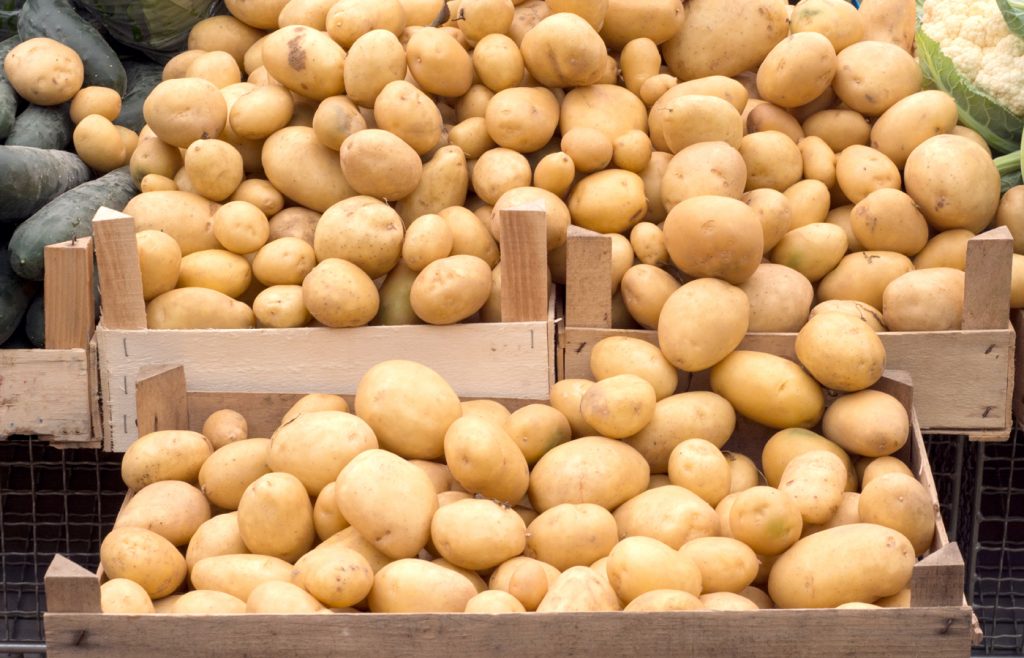
Henry David Thoreau, in his seminal book Walden (1854), wrote that the pond was often given to early thaws because of the ice cutters. These men would venture out onto the freshwater ponds of New England with enormous drills and saws, and cut away huge blocks of ice. The blocks would be loaded onto carts and taken to Boston, where some of them were used for refrigeration in the homes of Cabots and Lodges, and the rest was loaded onto train cars to preserve fish being shipped inland.
While there were hundreds of other methods for preserving food, this was the only method humankind had devised for refrigeration (short of burying food in a snow bank) until quite recently. Mechanical refrigeration is less than a century old. Each February, when there is precious little fresh seasonal food available in Iowa, I recall the wisdom of the root cellar. Not quite the same as refrigeration, root cellars utilize natural, consistent temperatures of the earth’s crust to preserve food. Still in use, they are just as effective today as they ever have been at preserving vegetables for extended periods like Iowa’s long winters.
There are two key issues to control—temperature and humidity. The traditional ones, like the one in the spookiest, dankest corner of the basement in my grandmother’s old Victorian, are controlled by pure experience, knowing that the floor is colder than near the ceiling and this spot or that is more humid than the other. At the other end of the spectrum are modern, computer-controlled contraptions with thermometers and hygrometers and adjustable zones.
A corner of your basement can easily be converted into an effective root cellar, provided you have exposure to at least one (preferably more) subterranean wall. It is important to invest in a thermometer and a good hygrometer to measure relative humidity. Various foods require different humidity levels for optimum storage, as well as different temperatures, so accurate measurements are very helpful. If the space you use still has a dirt floor, the humidity will probably take care of itself. Generally, humidity should be above 80 percent. Most foods will wither with less than that.
Once you’ve built it, you can fill it with all sorts of goodies: potatoes, yams, rutabagas, turnips, beets, garlic—even apples and some other tree fruits like root cellars. Then, when it’s cold outside and you are just starting to think about your seedlings for the coming season, you can make this sweet potato recipe and remember the words of Mr. Thoreau all those years ago: “He who distinguishes the true savor of his food cannot be a glutton; he who does not can never be otherwise.”
Sweet Potato Pavé
4 pounds of sweet potatoes, peeled
and sliced very thinly
1 quart heavy cream
1 yellow onion, sliced thinly
1/2 pound Chevre
Pinch of nutmeg
Salt and cracked black pepper to taste
Preheat the oven to 350°.
Layer the ingredients in a greased casserole. Bake until tender and thickened (approx 1-1/2 hours).
Remove and allow to cool, weighted to press down firmly. I use an identical casserole and a six-pack for the weight.
When it has cooled, cut into attractive shapes such as triangles or circles, and reheat for about 10-15 minutes, just before serving.
